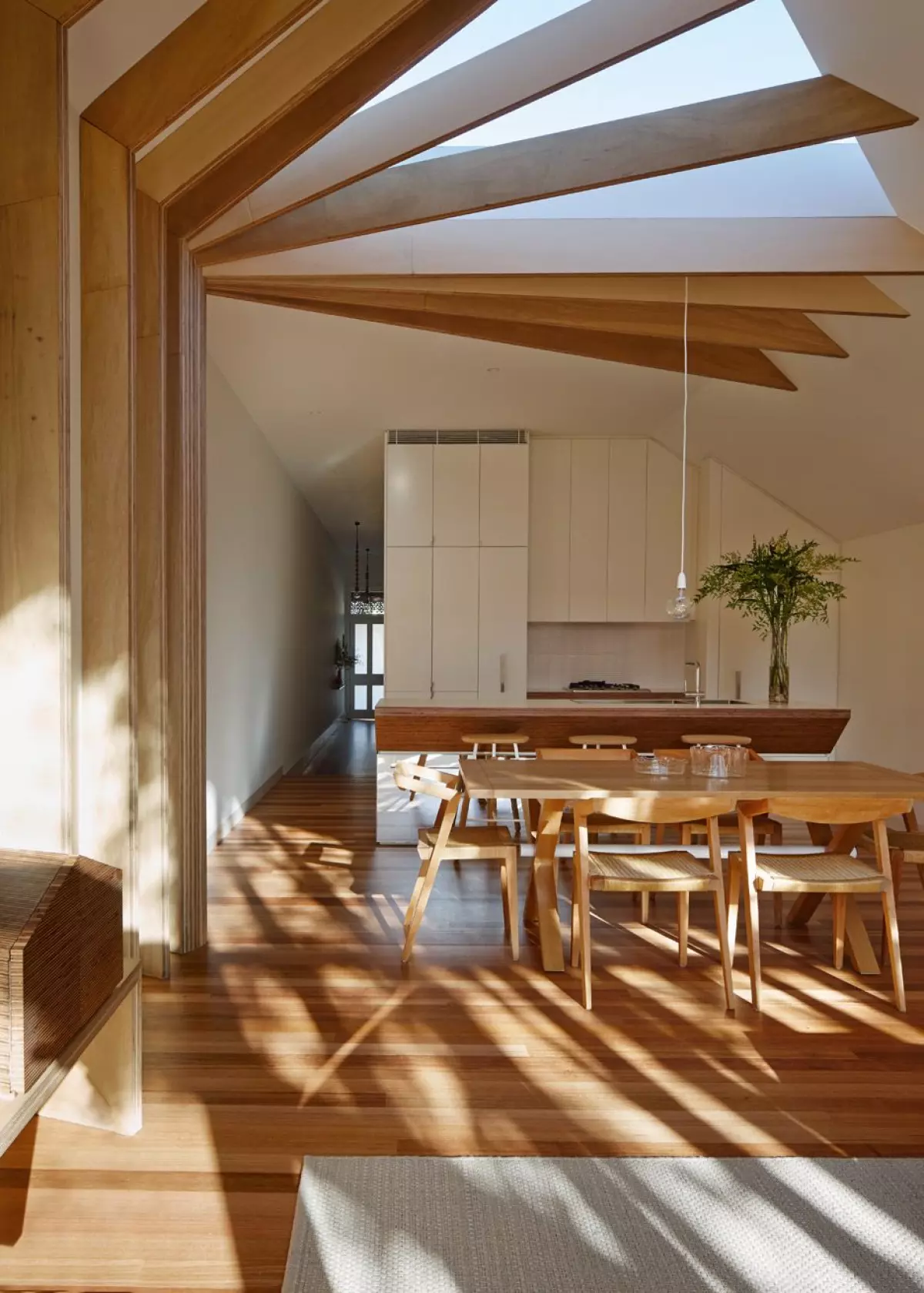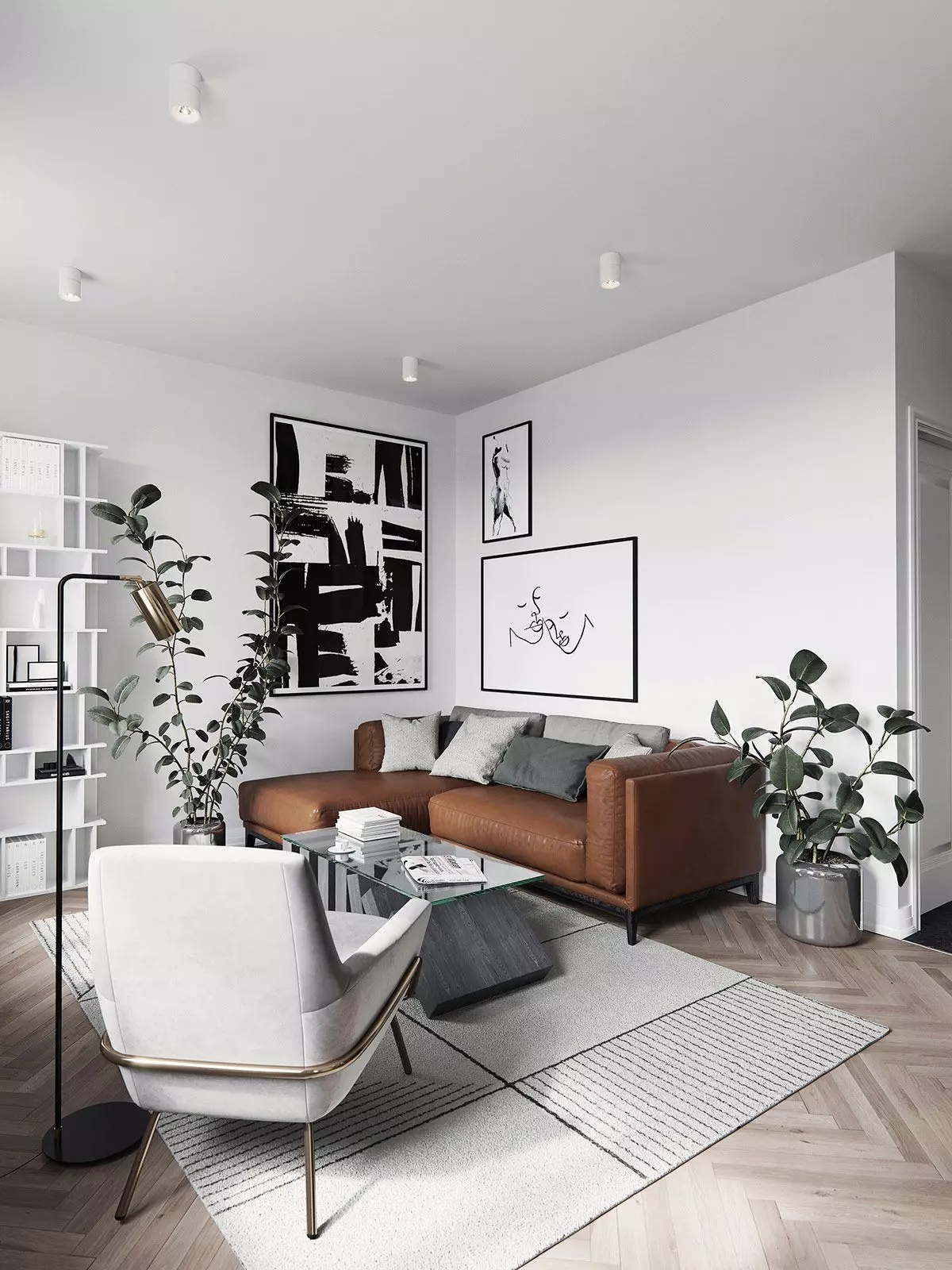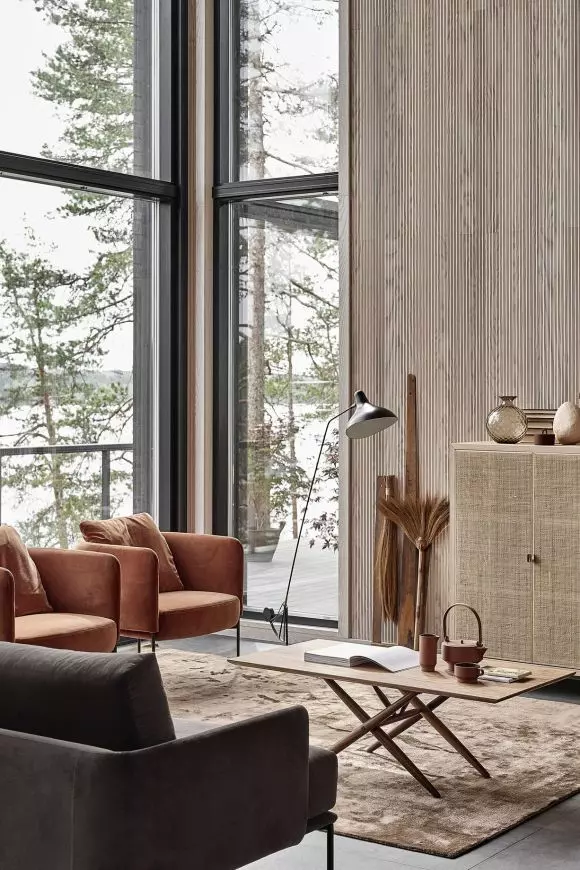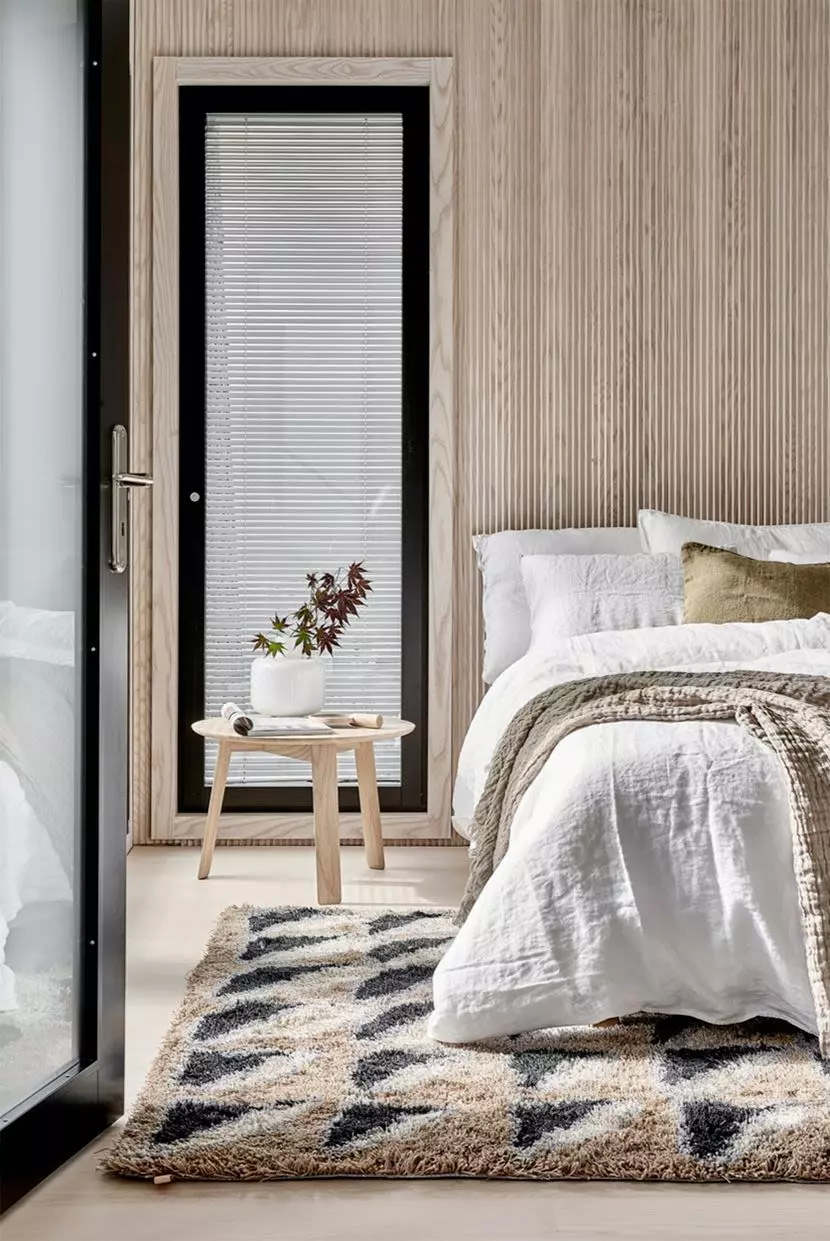Japandi, the fusion of Scandinavian and modern Japanese interior design styles, is an emerging trend that is gaining popularity this year. This unique design concept combines the clean lines and effortless style of Scandinavian design with the simplicity, soft hues, and natural elements of Japanese design. The result is a serene and harmonious living space that is both modern and minimalist.
The Essence of Japandi Design
Japandi design focuses on simplicity, functionality, and comfort. It eliminates ornate and gaudy detailing and instead emphasizes shapes, lines, and aesthetically pleasing furnishings and decor. Natural light and plants play a key role in creating the calming atmosphere of Japandi interiors.
When it comes to materials, Japandi design incorporates natural fibers, furniture made from natural materials, and handmade pottery and decor. The use of clean lines and solid muted colors adds a modern touch to the spaces. Some popular materials for furniture include rattan, wicker, cane, wood (such as walnut, acorn, and teak), bamboo, and upholstered fabrics like linen, cotton, or flax blends. For textiles, organic linen, brushed cotton, cotton muslin, and velvet are commonly used. Decor elements include terra cotta, clay, glass, concrete, wood, and plants. Handmade items with solid colors or subtle patterns are preferred, while bright and loud colors are avoided.
Japanese Design Principles
To truly understand Japandi design, it is important to grasp the essence of Japanese interior design. Rooted in minimalism, Japanese design embodies clean lines, natural materials, and neutral color palettes. Japanese-style rooms often feature simple and low furniture, blank walls, and a focus on minimalism. The color palette is kept relatively limited to enhance the sense of minimalism, cleanliness, and freshness.
In Japanese design, each material has its own color, which impacts the overall design of a space. By using a restrained color palette, Japanese interiors exude a sense of tranquility and simplicity.
 via Dezeen.com
via Dezeen.com
In the image above, you can see how wooden beams and a simple color palette create a Zen-like feel in this Japandi-inspired living space by FMD architects. Natural light permeates the room, highlighting the beauty of the wood.
Scandinavian Design Philosophy
Scandinavian design, like Japanese design, is founded on minimalism, but it takes a different approach to create a calming and cozy atmosphere. The popular Scandinavian concept of "hygge" emphasizes warmth and comfort through textiles and color palettes. Neutral colors such as grays and whites, accented with black and other neutral tones, are commonly used in Scandinavian interiors.
 via home-designing.com
via home-designing.com
The image above showcases a Scandinavian living space that combines neutrals with black accents. The contrasting textures and materials, along with the attention to detail in the furniture pieces, create a calm and inviting ambiance.
The Perfect Marriage of Styles
By mixing elements from both Japanese and Scandinavian design, you can create a space that is uniquely yours. You have the freedom to choose your own color palette and incorporate materials and textures that speak to you. Want to add some muted pastels to your space? Take inspiration from Japanese design. Can't resist the allure of velvet? Add a sculptural accent chair. The possibilities are endless.
 via desironlizen.com
via desironlizen.com
In the image above, a Japandi-style breakfast nook creates a serene and inviting atmosphere. The wood slats nod to classic Japanese style, while the pedestal table and statement lighting add a modern Scandinavian touch. The sage and eucalyptus green palette, inspired by nature, adds a hint of color to the decor.
 via cotemaison.fr
via cotemaison.fr
The image above showcases a Japandi-inspired living space that combines earthy tones and decor with luxurious textiles. The result is a modern yet cozy ambiance that feels effortless and lived-in. The use of muted tones and unexpected touches adds interest to the space.
Embrace Your Creativity
With Japandi design, you have the freedom to experiment and create a space that reflects your personal style. Whether you prefer a more Japanese-inspired or Scandinavian-inspired space, or a perfect balance of both, the choice is yours. Mix and match materials, colors, and textures to curate a space that is not only aesthetically pleasing but also functional and comfortable.
 via cotemaison.fr
via cotemaison.fr
In the image above, a Japandi-inspired bedroom showcases a bold use of patterns while maintaining a neutral color palette. The white linen bedding and muslin throw allow the geometric high-pile rug to make a statement without overwhelming the space. This modern twist on Japandi design demonstrates that you can push the boundaries while staying true to its essence.
Conclusion
Exploring different design styles is a thrilling endeavor. Japandi design offers a fresh and harmonious approach by combining the best elements of Scandinavian and modern Japanese interior design. Remember, there are no limits to your creativity. So go ahead, mix and match, and create a space that truly reflects your unique style. And while you're at it, check back here for more design and travel inspiration to enhance your living experience.












